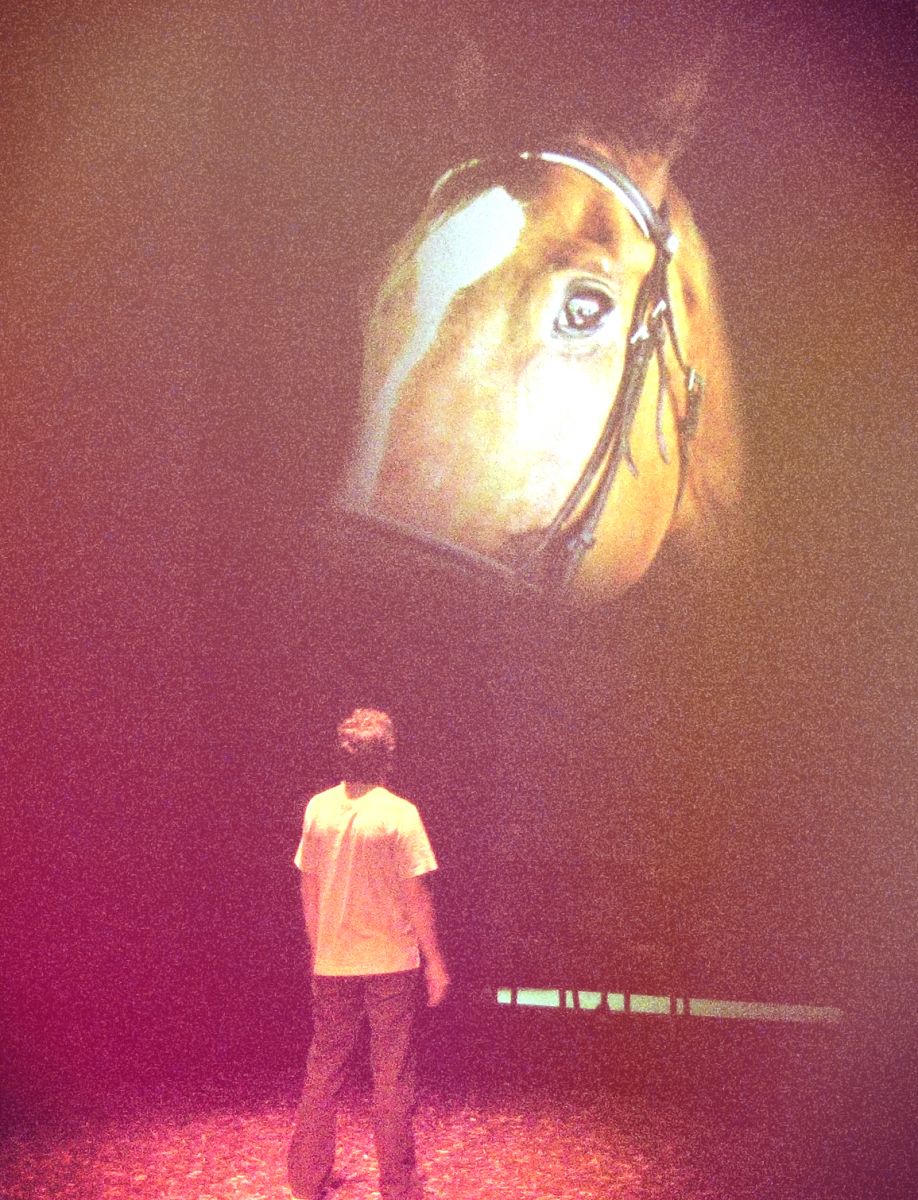A place for wonder
One more mad week of term to go, and such a lot to do!Assignments to hand in, marking to hand back;
reports to be filed, revision to plan;
parties to dress up for, decorations to sort out;
presents to think of, meals to anticipate;
expense to worry about, shops to stampede…
And now … breathe!
Why do we do it? Perhaps because there is an impulse in most of us to celebrate the wonder of giving and generosity, of anticipation and arrival, of light in the darkness; an impulse to recapture the joy we knew as children.
Lost hope
 Of course now we know that gifts don’t actually come from a jolly man in red and many of us may be struggling to buy for extended family members in whose homes we’d rather not be over Christmas. We may have become cynical.
Of course now we know that gifts don’t actually come from a jolly man in red and many of us may be struggling to buy for extended family members in whose homes we’d rather not be over Christmas. We may have become cynical.The English poet and novelist Thomas Hardy grew up going to church and clearly took on board the biblical account of Jesus’ birth in a stable and the later medieval legends that grew up around it. In The Oxen, he portrays the belief that the animals, in whose stall the newborn was laid, knelt in homage to the Christ-child, recognising that he was the son of God, and continued to commemorate his birth in this way ever afterwards.
But as Hardy grew older he became disillusioned with the practices of organised Christianity and the way in which so many Christians behaved. His later works are gloomy about there being any divine providence at work in the world, regarding such a belief as a ‘fancy’ unsustainable in ‘these years’.
Yet...
Yet Christmas without hope is an empty celebration, at best merely a guzzle of materialism. Which is why Hardy’s poem still strikes a chord today – because he captures the longing within us all for a better way to live, a gentler, more loving way of relating; hopes which, according to Christians, are made possible by the arrival of that tiny baby in a stable far from home.
Thomas Hardy’s The Oxen
Christmas Eve, and twelve of the clock.
‘Now they are all on their knees,’
An elder said as we sat in a flock
By the embers in hearthside ease.
‘Now they are all on their knees,’
An elder said as we sat in a flock
By the embers in hearthside ease.
We pictured the meek mild creatures where
They dwelt in their strawy pen,
Nor did it occur to one of us there
To doubt they were kneeling then.
They dwelt in their strawy pen,
Nor did it occur to one of us there
To doubt they were kneeling then.
So fair a fancy few would weave
In these years! Yet, I feel,
If someone said on Christmas Eve,
‘Come; see the oxen kneel,
In these years! Yet, I feel,
If someone said on Christmas Eve,
‘Come; see the oxen kneel,
‘In the lonely barton by yonder coomb
Our childhood used to know,’
I should go with him in the gloom,
Hoping it might be so.
Our childhood used to know,’
I should go with him in the gloom,
Hoping it might be so.
Merry Christmas everybody!









.jpg)










